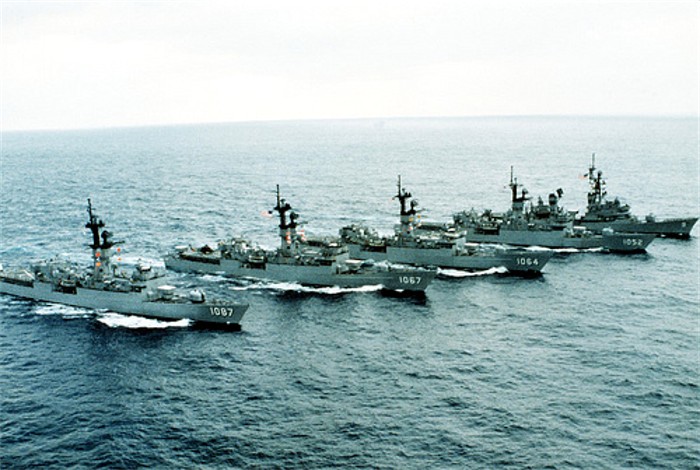
My Destroyer Website
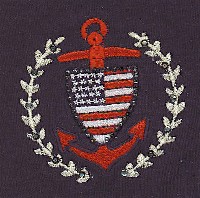
DD Workhorse of the Navy

Destroyer, class of warship very fast relative to its length, generally equipped with torpedos, antisubmarine equipment, and medium-caliber and antiaircraft guns. The newest destroyers are equipped with guided missiles as their chief offensive weapon.
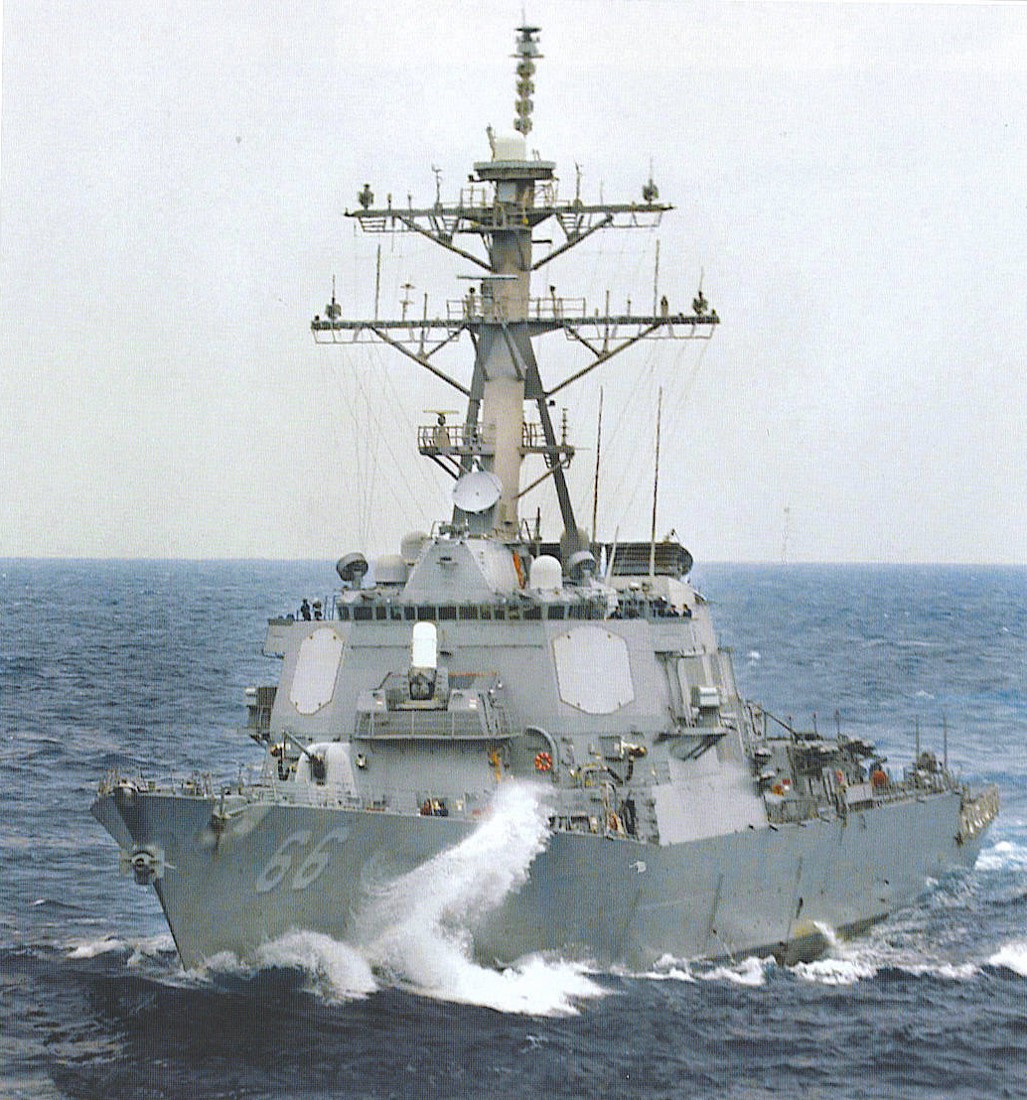
The destroyer, originally called the torpedo-boat destroyer, was introduced in 1892 as an answer to the torpedo boat, but it rapidly replaced that type by taking over its functions. Later, its role as a torpedo launcher declined, and today destroyers have a mainly defensive role; they are used for convoying merchant ships and as escort vessels in a battle fleet. Destroyers were of great importance in World War II; equipped with new electronic devices, they proved highly effective as antisubmarine weapons and, hence, as escorts for convoys. Specialized types include the radar picket destroyer, designed for detection of enemy aircraft and control of friendly combat air patrol, and the minelaying destroyer. The USS Truxtun (launched in 1964) was the first of a class of nuclear-powered destroyer-type ships, officially categorized as frigates.
Fast naval vessel used to protect other ships. The term was first applied to vessels built in the 1890s to protect battleships from torpedo boats. By World War I destroyers were often sent ahead of the battle fleet to scout for the enemy, beat back its destroyers with cannon fire, and then launch torpedoes against its battleships and cruisers. When the submarine became the main torpedo-launching vessel, destroyers armed with depth charges protected convoys and battle fleets against submarine attack. In World War II, with the addition of radar and antiaircraft guns, its escort role included air defense. Modern destroyers are run by a crew of about 300 and equipped with surface-to-air missiles, antiship missiles, and one or two big guns. Many carry submarine-hunting helicopters, and some carry cruise missiles.
In naval terminology, a destroyer is a fast and maneuverable yet long-endurance warship intended to escort larger vessels in a fleet, convoy or battle group and defend them against smaller, short-range but powerful attackers (originally torpedo boats, later submarines and aircraft). Before World War II, destroyers were light vessels without the endurance for unattended ocean operations; typically a number of destroyers and a single destroyer tender operated together. During and after the war, larger and more powerful destroyers capable of independent operation were built, particularly as cruisers ceased to be used in the 1950s and 60s. The U.S.Navy currently deploys two types of destroyers ; the ships of the Arleigh Burke class , which are designated guided-missle destroyers (DDG) and those of the Spruance type , which are classified general destroyers (DD) Although the former is the more modern and combat flexible , both are fast warships fitted with offensive and defensive weapons systems so that they can function independently or as an integral part of carrier battle groups , surface warfare forces , amphibious task groups , or at-sea replenishment units.The surviving DD's are primarily equipped for anti-submarine tasks while the DDGs can perform not only this role but also anti-air and anti-surface warfare role. Many of the Spruances have also been retrospectively fitted with the Tomahawk cruise missle system to perform the long-range offensive operations that the DDGs already undertake.
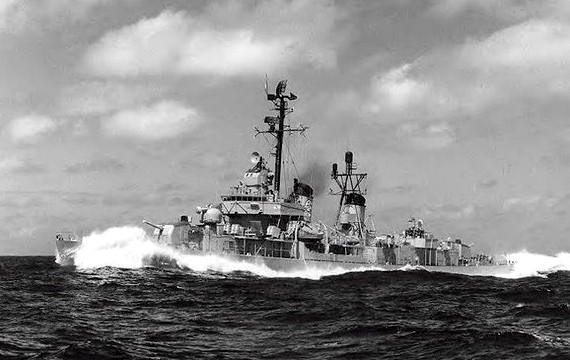

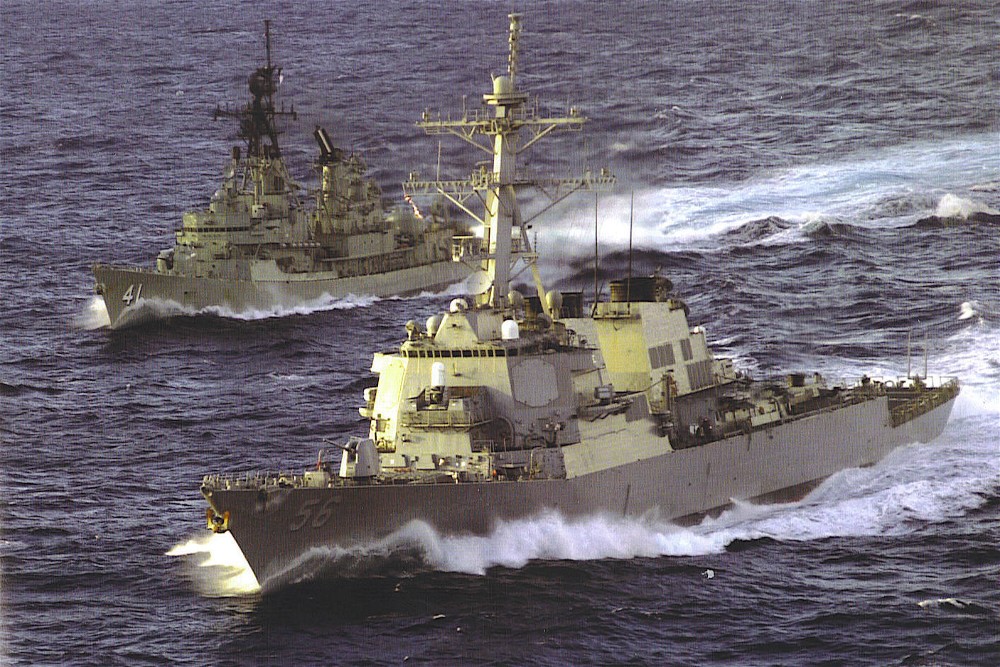
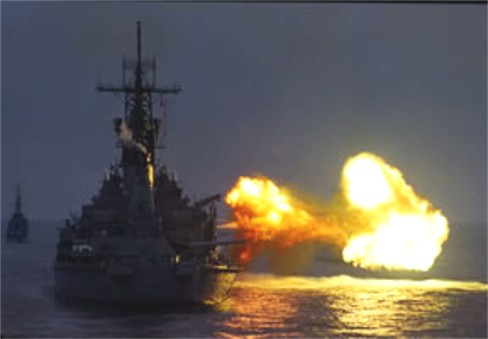
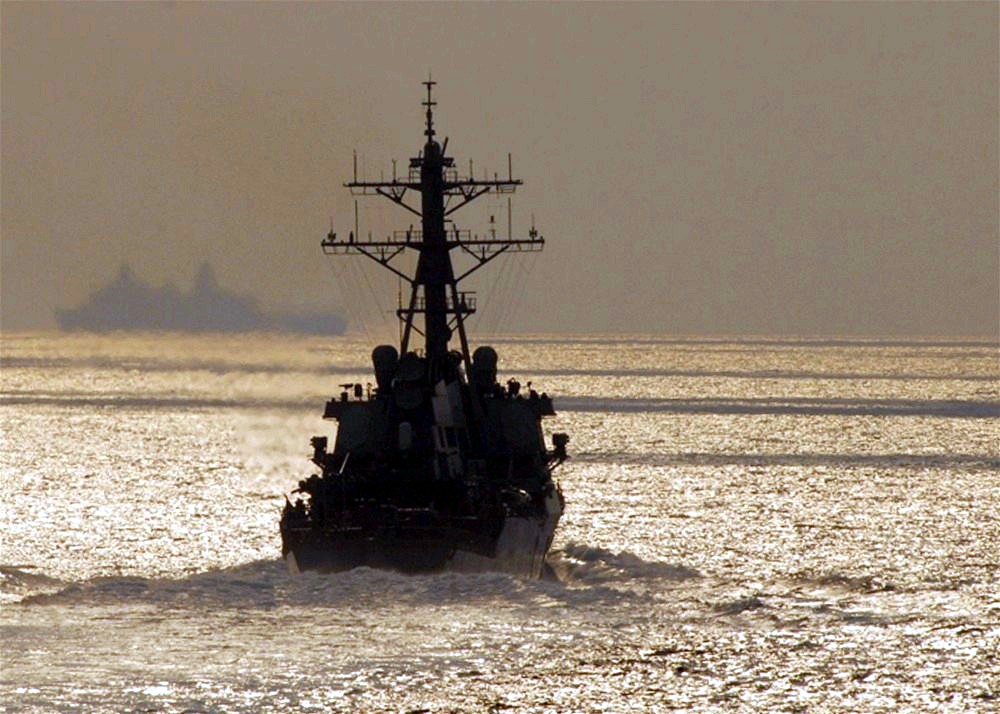



 Destroyersonline
Destroyersonline 